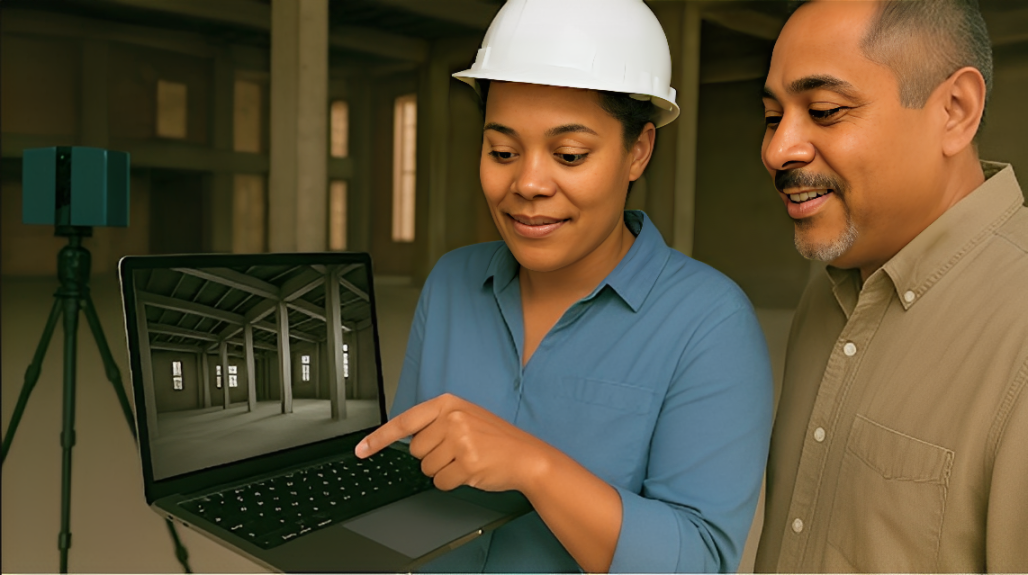How Laser Scanning Technology Helped Resolve a Construction Dispute

The Challenge: Discrepancies in Code Compliance
The general contractor had hired a subcontractor to complete the concrete work for the parking garage. After construction, the general contractor discovered that some of the slab thicknesses and beam clearances did not meet the required building codes. These discrepancies could have serious implications for the safety and usability of the structure and resolving them was a top priority.
Traditionally, addressing such issues would involve laborious hand measurements or total station measurements—both methods prone to human error and time delays. Moreover, the sheer scale of the project made manual verification nearly impossible. The contractor needed a highly accurate, unbiased solution to verify the work and potentially provide evidence in what was becoming a contentious situation with the subcontractor.
The Solution: Laser Scanning and Precise Data Analysis
To tackle this, ARC’s reality capture services deployed laser scanning technology to capture high-density measurements of every level of the garage. This existing conditions survey method allowed us to map out the exact slab thicknesses and beam clearances at one-foot intervals, providing a level of detail that would be impossible to achieve through manual methods.
Using specialized software, we analyzed the scan data and provided an accurate 3D representation of the structure. Our analysis focused on determining the exact slab thicknesses and vertical clearances beneath each beam, measured both at the center and outer edges of each beam. We used a color-coding system in CAD to make the results easy to interpret, with red indicating areas where clearances did not meet the required standards.
The Data’s Role in Litigation
As the general contractor and the concrete subcontractor entered into litigation over the discrepancies, our laser scan data became a key piece of evidence. The color-coded analysis provided an unbiased, objective account of where the slab and beam dimensions fell short of the contractual requirements.
This data was crucial in the general contractor’s case against the subcontractor, as it provided hard evidence that couldn’t be disputed by either party. The ability to show exactly where and how the work did not meet the specifications helped the general contractor build a strong case and pursue the necessary corrective actions. It also served as a foundation for determining the necessary steps to bring the structure back into compliance with code.
The Power of Precision: Reducing Risk and Avoiding Disputes
A Cost-Effective Solution
Conclusion: Laser Scanning for Risk Mitigation and Dispute Resolution
This case is a clear example of how advanced laser scanning technology can not only streamline construction processes but also provide critical documentation to resolve disputes. Whether you’re looking to verify compliance during construction or safeguard against potential litigation, laser scanning offers a powerful tool to ensure accuracy and clarity in every phase of your project.
If you’re interested in learning more about ARC’s reality capture services and how laser scanning can reduce risk and provide invaluable insights for your construction projects, feel free to contact us. We’re here to help you harness the full potential of reality capture technologies.







